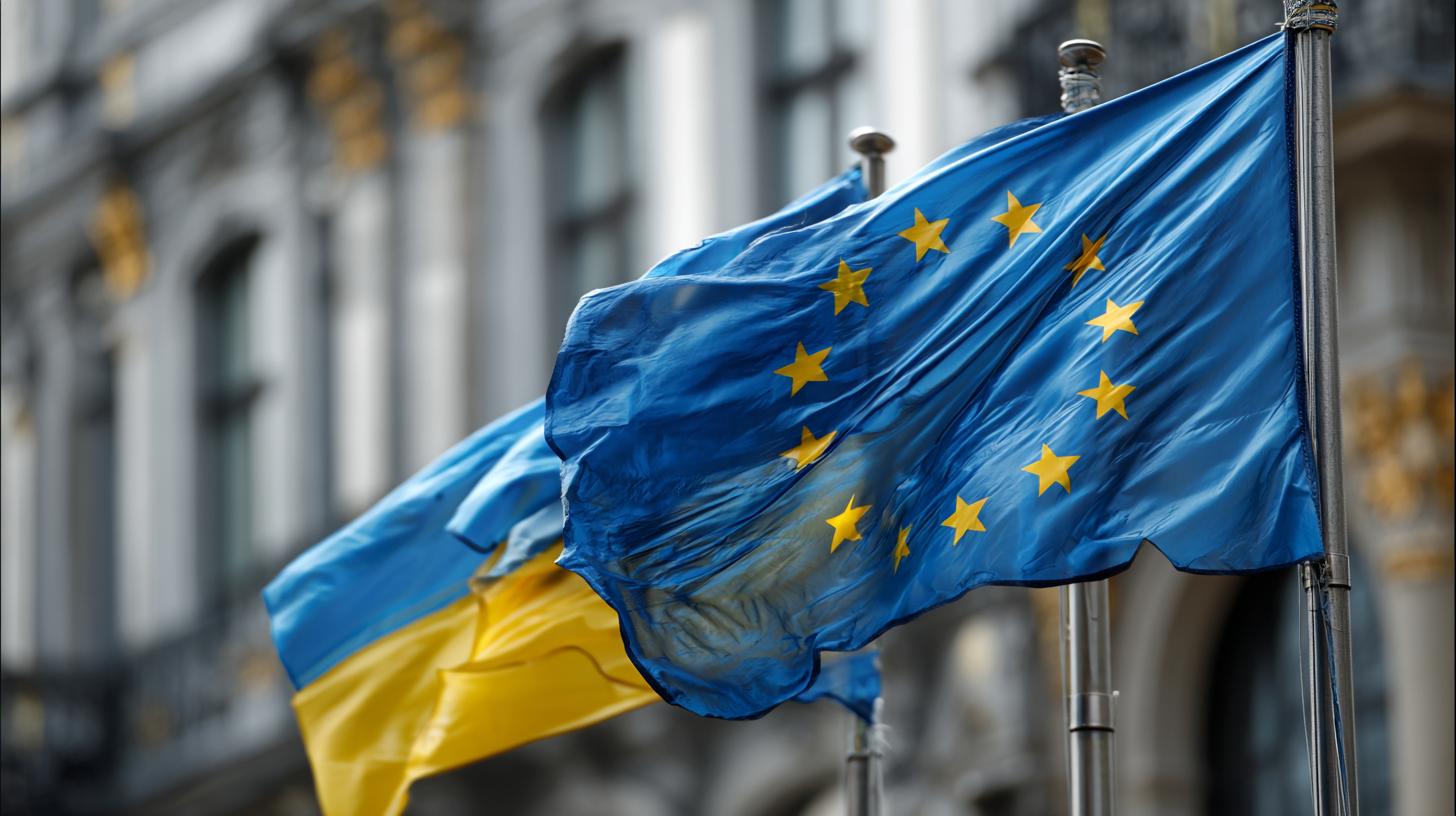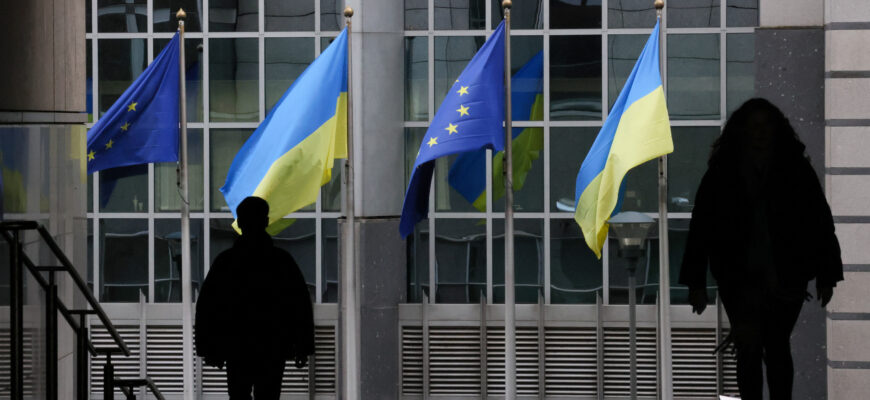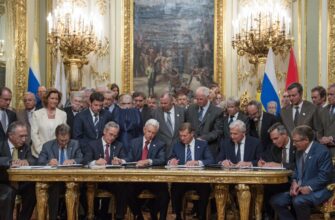When Brussels floated a novel idea to leverage frozen Russian assets to help finance Kyiv, it sounded like a pragmatic solution to two problems at once: resource Ukraine desperately needs and deterrence against Moscow. But in a move that stunned diplomats and economists alike, Belgium has blocked the EU’s plan to grant Ukraine a loan using frozen Russian assets.
- What the EU was trying to do
- Why Belgium stepped in
- Legal knots around frozen assets
- Diplomatic calculus and domestic politics
- Immediate consequences for Ukraine
- Impact on EU unity and credibility
- Pros and cons of using frozen assets (at a glance)
- Alternatives the EU and its partners are considering
- How markets and investors are reacting
- Possible paths to a compromise
- What a legal framework would need
- Broader implications for international norms
- A cautious writer’s perspective
- Real-life examples worth remembering
- How to follow developments from here
- What citizens and investors should care about
What the EU was trying to do
The proposal aimed to create a financial instrument in which frozen Russian state assets held in EU jurisdictions would serve as collateral or backing for a loan to Ukraine. The logic was straightforward: assets that were rendered inaccessible by sanctions could be used indirectly to mobilize capital without outright confiscation.
Proponents argued this would lower borrowing costs, signal strong political support for Ukraine and turn illiquid, legally frozen reserves into practical assistance. The mechanism was presented as a compromise to avoid direct seizure while still delivering substantial support quickly.
Why Belgium stepped in
Belgium’s intervention was framed primarily in legal and constitutional terms. Officials in Brussels warned of unresolved legal risks, including questions of ownership, immunity of central bank reserves, and the risk of costly counterclaims or arbitration that could fall back on EU taxpayers.
Beyond law, there were political and procedural concerns. Belgium signaled that rushing a pioneering mechanism without ironclad legal safeguards and unanimity among member states could create precedent with unintended consequences for EU law and international norms.
Legal knots around frozen assets
International law provides central bank assets with a high degree of protection, typically through sovereign immunity doctrines intended to safeguard monetary stability. Turning those assets into collateral for a third-party loan treads into delicate territory, blurring lines between sanctions, freezing measures, and appropriation.
Legal scholars have warned that any move perceived as expropriation could trigger claims in international courts or arbitration panels. Belgium’s caution reflected those warnings: if one member state sets a precedent, others might face complex claims and reputational costs going forward.
Diplomatic calculus and domestic politics
Belgium’s decision was also shaped by domestic politics. Governments across Europe must balance solidarity with Ukraine against legal prudence and the risk of litigation that could affect national budgets. Here, Belgium opted for caution, perhaps wary of being the jurisdiction where an adverse ruling could be enforced.
That calculation isn’t unique to Belgium. Several EU capitals privately expressed unease, preferring a solution that minimizes legal exposure while still ensuring predictable support for Ukraine.
Immediate consequences for Ukraine
The most tangible effect is a delay in a potentially sizable funding channel. Ukraine faces pressing budgetary needs for defense, reconstruction and basic public services, and any postponement creates strain on its finances and morale.
But the blockage also sends a political signal: achieving consensus among 27 member states on novel financial mechanisms is harder than political statements might suggest. Kyiv now needs to rely on alternative channels while negotiations continue.
Impact on EU unity and credibility
At a time when showing a united front against Russian aggression is crucial, public fractures over mechanism and method undermine the EU’s exterior messaging. Opponents of the proposal seized on the dispute to highlight divergences in approach and priorities.
Supporters worry that prolonged internal disagreement could erode momentum for larger, coordinated responses. The fallout may not only affect this single initiative but how future joint financial measures are conceived and executed.
Pros and cons of using frozen assets (at a glance)
| Potential benefit | Potential risk |
|---|---|
| Generates funds without increasing EU direct spending | Legal challenges from Russia or private claimants |
| Symbolic use of assets tied to aggression | Precedent risk for international norms on central bank immunity |
| Can be structured to limit immediate fiscal exposure | Complex operational arrangements and enforcement questions |
Alternatives the EU and its partners are considering
With this roadblock, Brussels and Kyiv are revisiting other financing options. These include tapping the EU budget for larger guarantees, issuing EU-backed bonds, increasing bilateral loans and grants, and securing additional IMF programs for Ukraine.
Donor coordination may shift toward pooled grant mechanisms and longer-term reconstruction funds that do not rely on contested legal interpretations. The focus is moving back to mechanisms with clearer legal footing, even if they deliver funds more slowly.
- EU budget guarantees and conditional grants
- Joint EU debt issuance or “reconstruction bonds”
- Scaled-up bilateral support from member states
- Expanded IMF and multilateral financing packages
How markets and investors are reacting
Financial markets treat such political decisions as signals of risk and predictability. The immediate market reaction was muted, but analysts noted the episode raises questions about the safety of state reserves and the sanctity of cross-border holdings.
Long-term investors watch precedent closely: if sovereign assets can be repurposed in politically charged settings, the perceived risk in holding foreign reserves or government bonds might incrementally rise, with knock-on effects for borrowing costs.
Possible paths to a compromise
Diplomats and legal experts are likely to work on tweaks that could make a similar plan acceptable to Belgium and other cautious capitals. These might include stronger legal guarantees, international arbitration clauses, or a multilateral agreement specifying compensation mechanisms.
One feasible compromise is to create a time-limited, highly structured instrument with strict conditions on activation and access. Another is to link any use of assets to a clear legal judgment — effectively waiting to convert frozen assets only after exhausted legal processes.
What a legal framework would need
A workable framework must address ownership claims, immunities, enforcement mechanisms and the potential compensation regime. It would also need to specify how proceeds are handled, who bears residual liability and how disputes are resolved.
Without these elements clearly spelled out, member states like Belgium will continue to see unacceptable exposure to unknown legal and fiscal risks, and the entire idea will remain politically fragile.
Broader implications for international norms
Turning frozen sovereign assets into collateral or backing for third-party loans would stretch established international law norms. States have used targeted asset freezes for sanctions, but using those assets in financing arrangements crosses a new line.
That line matters beyond the Russia-Ukraine conflict. If accepted, it could be deployed — or weaponized — in future crises, reshaping how states think about reserve management and sovereign immunity.
A cautious writer’s perspective
Having covered EU policy debates for years, I’ve seen clever financial ideas stall on legal and political shoals. The instinct to move quickly in a crisis is natural; the EU’s institutional fabric, however, is built to survive slow deliberation.
Belgium’s pause is not merely obstructionist; it is a reminder that innovative policy needs legal scaffolding. The urgency for Ukraine is real, but so is the need to avoid creating a new set of legal headaches that could hamper assistance in the long run.
Real-life examples worth remembering
Past instances where countries attempted to use assets linked to sanction targets show the pitfalls. Legal battles over frozen assets have dragged on for years, often in multiple jurisdictions, and sometimes produced contradictory rulings.
Those experiences informed Belgium’s caution. Policymakers remember that what seems politically desirable can become legally unworkable if not carefully drafted and internationally coordinated.
How to follow developments from here
Watch for statements from the Belgian government, the European Commission and the EU Council. Official communications will indicate whether Belgium’s block is a negotiating stance or an immovable legal objection.
Other signals include legal opinions published by the Commission, any move to involve the European Court of Justice, and bilateral negotiations aimed at finding alternative funding routes for Ukraine.
What citizens and investors should care about

For ordinary citizens, the key takeaway is that complex legal realities can shape geopolitical outcomes as much as battlefield events do. For investors, the episode highlights the importance of tracking policy risk and legal precedent in sovereign finance.
Both groups should pay attention to the shape of any compromise that emerges, because the contours of that compromise will influence future EU crisis responses and the perceived safety of cross-border assets.
Belgium’s decision has paused an ambitious plan and forced a reckoning about how far the EU is willing to push legal boundaries in support of Ukraine. Whether this becomes a temporary setback or a turning point in how frozen assets are treated will depend on negotiations in the coming weeks and months.
For deeper analysis of this unfolding story and related coverage on EU policy and international finance, visit https://themors.com/ and read more materials from our website.









